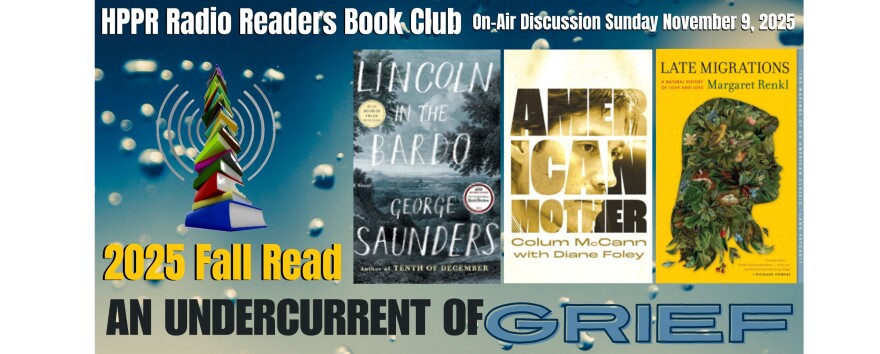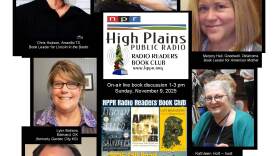In his seminal work Understanding Comics: The Invisible Art, Scott McCloud argues, “We all live in a state of profound isolation. No other human being can ever know what it’s like to be you from the inside. And no amount of reaching out to others can ever make them feel exactly what you feel. All media of communication are a by-product of our sad inability to communicate directly from mind to mind. Sad, of course, because nearly all problems in human history stem from that inability.” For McCloud, comics, and cartoons more generally, offer humans vehicles for self-reflection, often painfully so, where the ambiguity and untenability of language becomes subsumed by the primacy of the image.
Similarly in Allie Brosh’s Hyperbole and a Half, readers find a character familiar, both in its very human struggles detailed in the text of the book and its seemingly simplistic character avatar for Brosh. Brosh’s silly stick figure with a demented smile does more than just add humor to her narrative of depression, childhood compulsion, and so many dog issues, it also creates a relatable mirror and simultaneous window for readers to reflect and engage–-to tell us what it feels like for Brosh, even if just for a manic moment.
The combination of vulnerable text and abstract, seemingly childish illustrations create a kind of intimacy that transcends the narrative of Hyperbole and a Half. McCloud further argues in Understanding Comics that the further an artist strays from the plane of photorealism, the more universal and relatable that art has the potential to be. He argues that, “By stripping down an image to its essential ‘meaning,’ an artist can amplify that meaning in a way that realistic art can't.”
I think this interplay of relationality, the closing of space and the enforcing of distance between author, character, and reader, is what has fascinated me most about Hyperbole and a Half. Do I somewhat worry that by looking for a theoretical orientation in the pages of comic studies and image theory books to approach a radio book club’s section on humor that I might be signaling a chronic inability to just laugh along with a joke? No, that doesn’t sound like me.
No, in all honesty, I think I have uncovered a few things about myself and my aesthetic preferences by engaging in this latest round of the High Plains Public Radio Book Club, and specifically by capping off this spring read with Brosh’s Hyperbole and a Half. No one can know what it’s like to be you on the inside, and no piece of art will ever approximate the intricacies and intensities in which we feel ourselves as that inescapable “us.” Maybe humor is one of those glimmers of ourselves, and more importantly others, reflected in art–where a shared laugh functions, if only for a brief moment, to communicate directly with another person. Or maybe, I’m just taking this all a little too seriously.










